Superfamily Coenagrionoidea Rank Species | Suborder Zygoptera Higher classification Enallagma | |
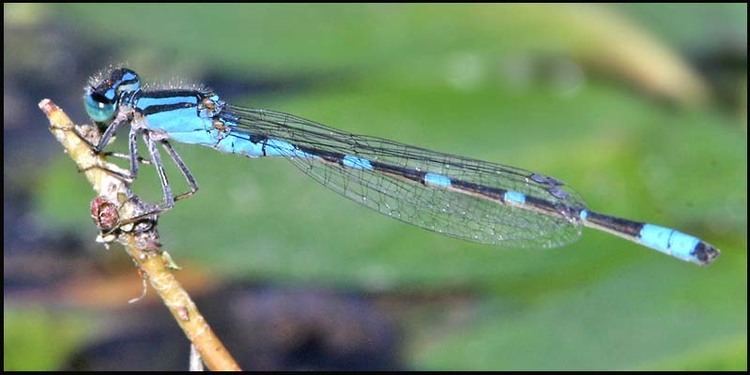 | ||
Similar Enallagma, Odonate, Damselfly, Boreal bluet, Enallagma annexum | ||
The tule bluet (Enallagma carunculatum) is a species of damselfly in the family Coenagrionidae found in North America.
Contents
Identification
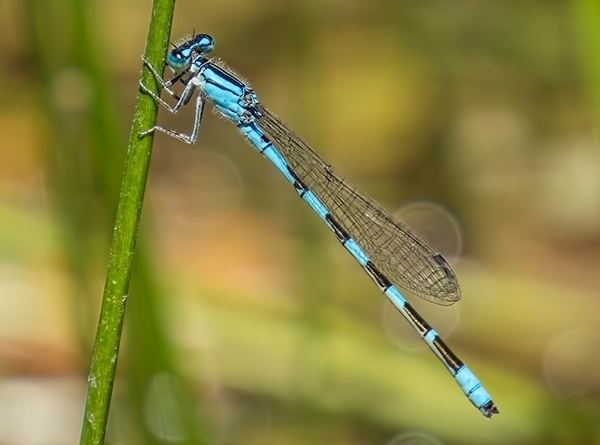
The damselfly has a blue and black abdomen, usually with more black than blue. The black humeral stripes are about a half the width of the blue antehumerals. The tule bluet postocular spots are small and triangular; they are separated by a thin occipital bar.
Size
This bluet is Template:Cobvert long.
Distribution
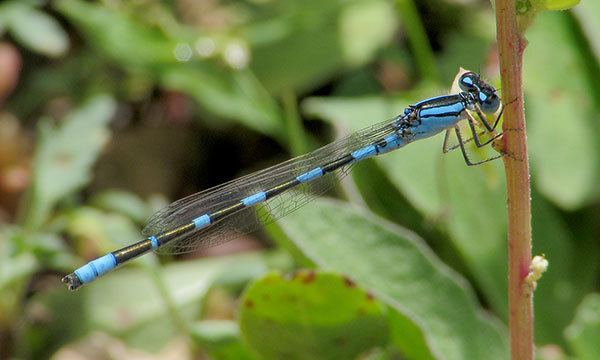
The tule bluet is found throughout the United States, except for the southeastern quarter and many portions of southern Canada.
Habitat
The following is the list of habitats of the tule bluet.
They occur where there are bulrushes around.
Flight season
Mid-May to mid-September. It can also be during early July to mid-October.
Diet
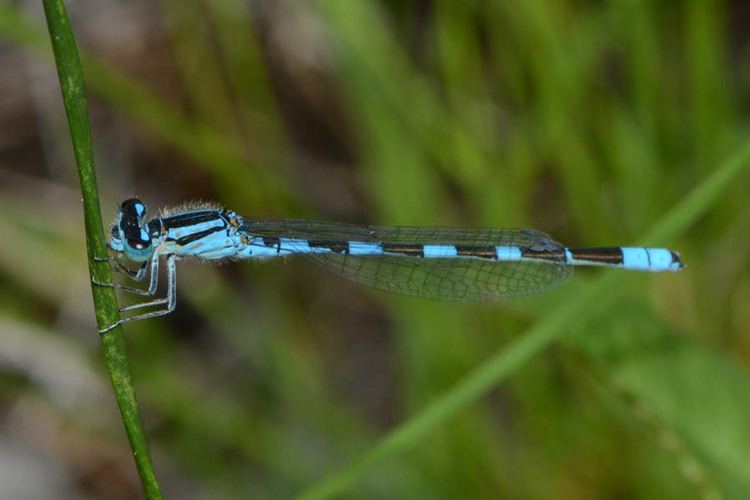
Ecology
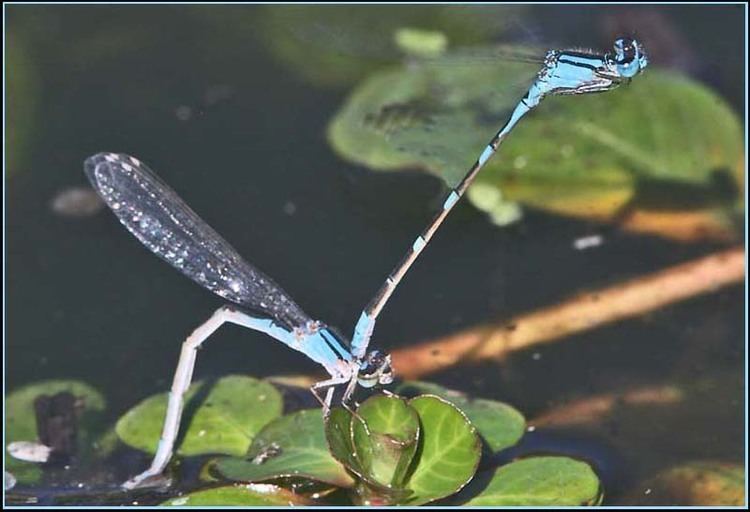
The tule bluet is found almost always where there are extensive stands of tules. This is how this bluet gets its common name. The damslfly will emerge from relatively deep water if there are bulrushes nearby. The tule bluet can be also found in alkaline or salty water.
Reproduction
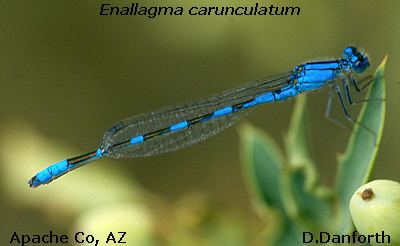
The male damselflies set up territories at choice breeding sites. After males and females have mated, the male stays attached to the female, as she oviposits in the stems of bulrushes. They are in their tandem position.
Conservation
The populations of the tule bluet are widespeard, abundant, and secure.
